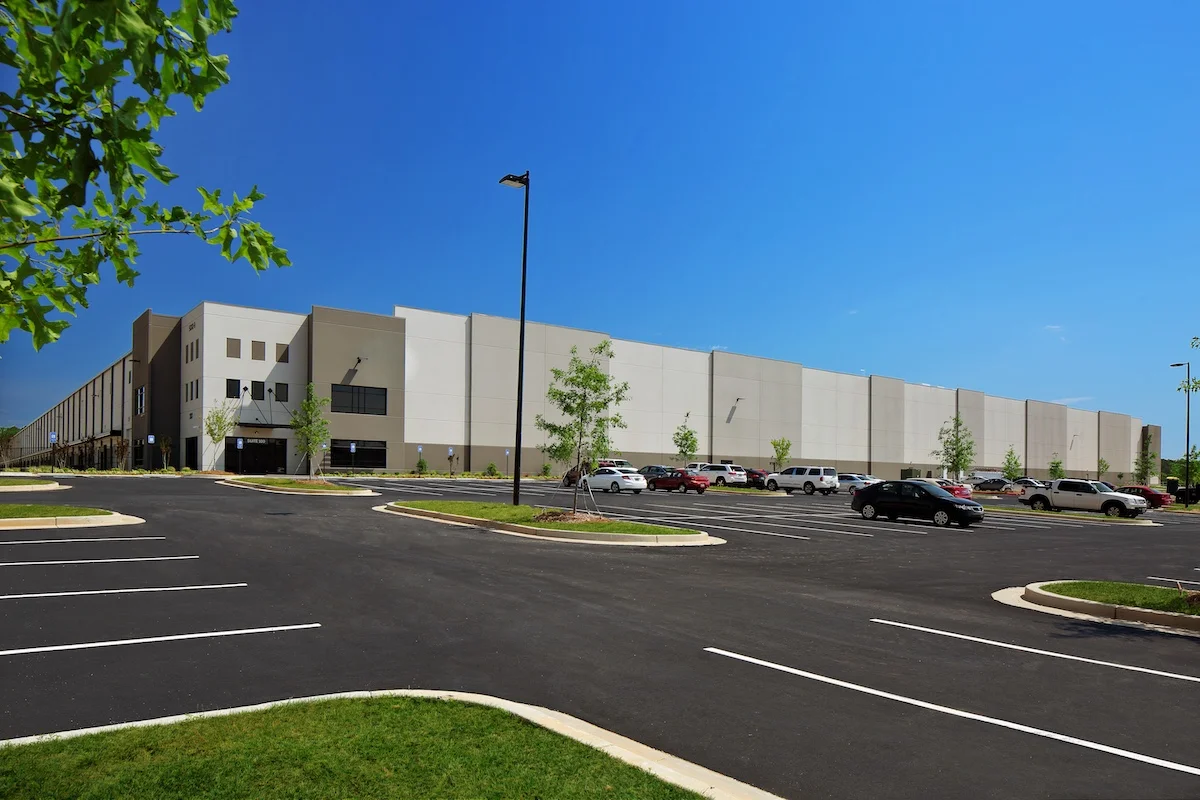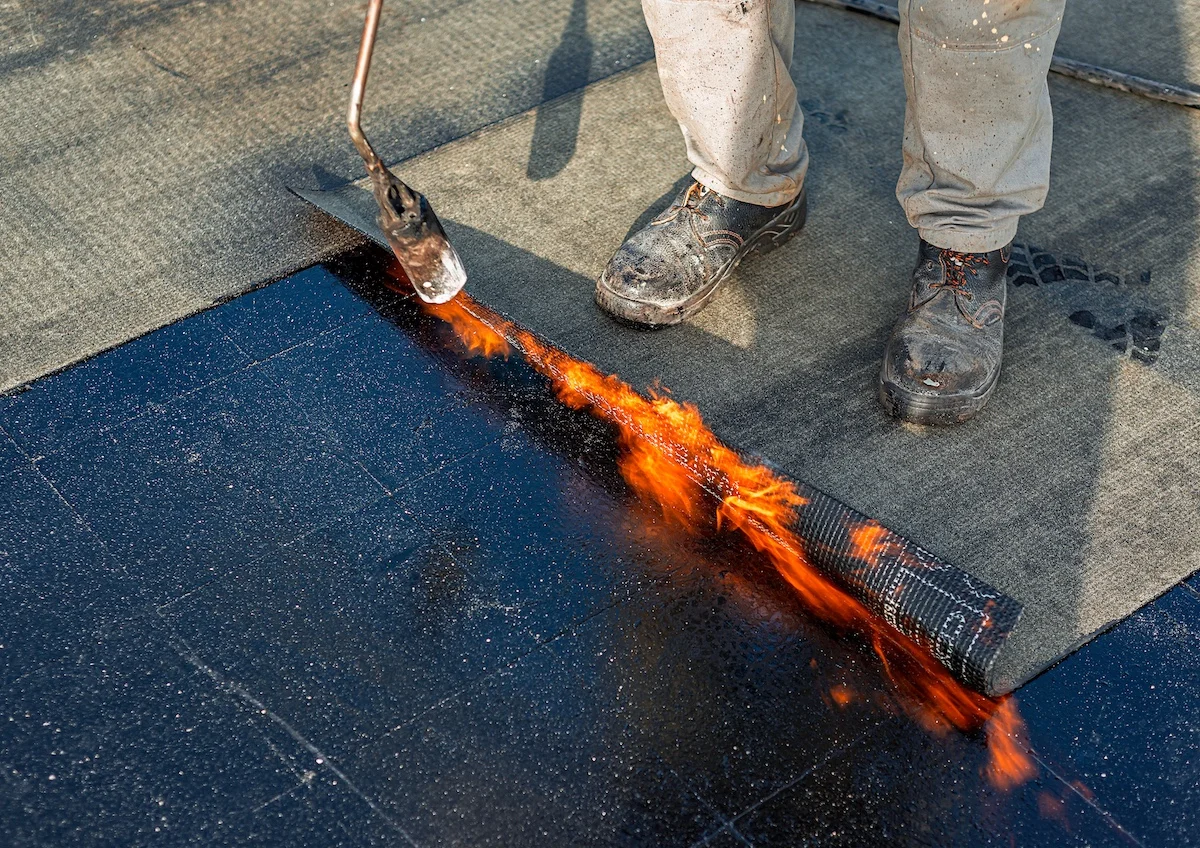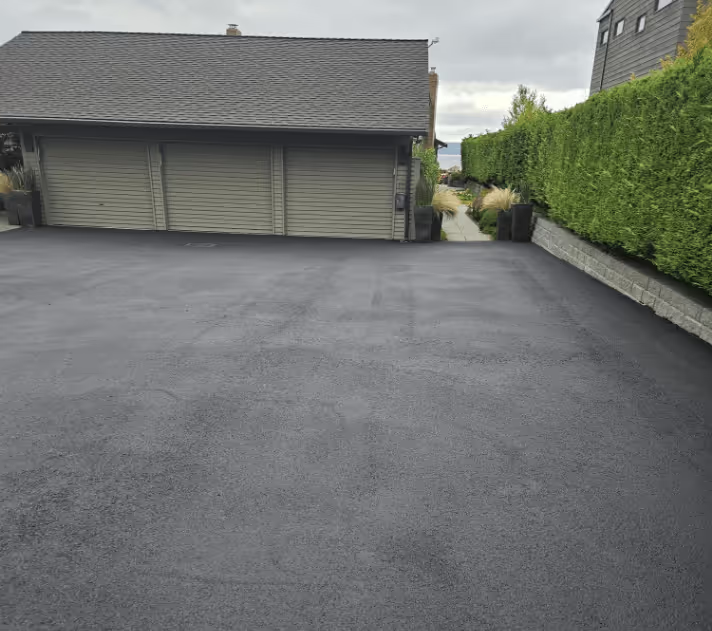
How to Estimate a Large Sealcoating Job Without Losing Your Shirt
Big jobs mean big opportunity. But also big risk.
Whether it’s a massive parking lot, HOA network, or a municipal bid, large sealcoating jobs can make your season—or sink your profits.
Bid too high? You lose the job. Bid too low? You eat the overages.
This guide gives you a practical, no-fluff process for estimating large jobs with confidence, so you protect your margins, hit your numbers, and deliver work you’re proud of.
Accurate Measurements are Your Foundation for Profits
Precise measurements of the area to be sealed are essential. Everything from material costs to crew time will be built on these.
Your customer might offer ballpark estimates or old measurements from previous projects. But getting accurate measurements for yourself ensures that you can put in a bid you’ll
Best practices:
- Use satellite measurement tools (like Go iPave, Nearmap, or Google Earth Pro)
- Walk the job for obstructions, damage, and tricky sections
- Break the site into zones to plan crew flow and material staging
2. Calculate Material Needs Carefully
Sealant coverage depends on traffic level, surface condition, and the number of coats required. If you need help with the specifics, give us a call. We’re always happy to help out.
For Armorseal we recommend:
- Light Traffic: 40–50 sq ft per gallon
- Moderate Traffic: 35–40 sq ft per gallon
- Heavy Traffic: 20–30 sq ft per gallon
For most commercial and industrial lots, plan for 20–40 sq ft per gallon, depending on usage and surface porosity.
Always build in a buffer (5–10%) for overage and edge work—especially on irregular surfaces.
Pro tip: Ask your supplier for job-specific guidance. With Armorseal, batch-to-batch consistency helps ensure your coverage estimates stay accurate.
3. Don’t Forget Mobilization and Downtime
Large jobs often mean staging, phasing, and navigating tenant or traffic restrictions.
Include time for:
- Mobilization/setup and takedown per day
- Traffic control or lot sectioning
- Weather delays or partial-day disruptions
Padding your labor estimate protects your profit if the plan changes on-site.
4. Factor in Crew Efficiency and Equipment
Bigger jobs go faster with the right gear and team size—but they can also stretch you thin.
Ask yourself:
- Do I have the equipment capacity to handle this efficiently?
- Can my crew maintain pace over multiple days?
- Should I sub out line striping or cleaning?
Make sure your bid includes realistic labor and rental costs.
5. Price for Profit—Not Just Cost
You’re not just covering materials and labor. You’re running a business.
Include a profit margin that reflects risk, seasonality, and your value as a professional contractor. Don’t race to the bottom.
Bonus tip: Use a standardized estimating worksheet or software to keep your numbers tight and repeatable across your team.
Sealcoating Is Hard. Estimating Doesn’t Have to Be.
The best contractors don’t guess. They run the numbers.
And with the right system—and the right product partner—you can bid bigger jobs with confidence and consistency.
Want a sealant that makes estimating easier? Let’s talk about how Armorseal’s performance and predictability help you protect your bottom line.
Related Resources

How to Estimate a Large Sealcoating Job Without Losing Your Shirt

The Real Cost of Sealant That’s Inconsistent (and How to Avoid It)

How to Get the Most Out of Your Sealcoating Season (Even When the Weather’s Against You)

Make This Your most Successful
sealcoating season ever
Get 24/7 access to top-quality sealer and a partner who has your back every step of the way—so you finish more jobs and grow your business.

